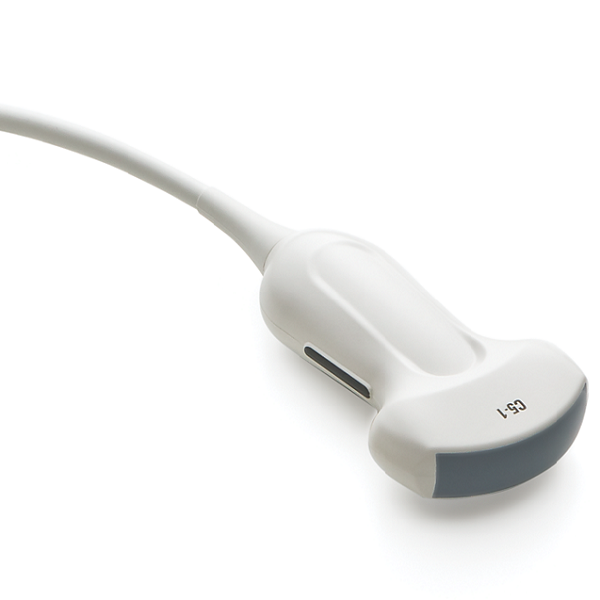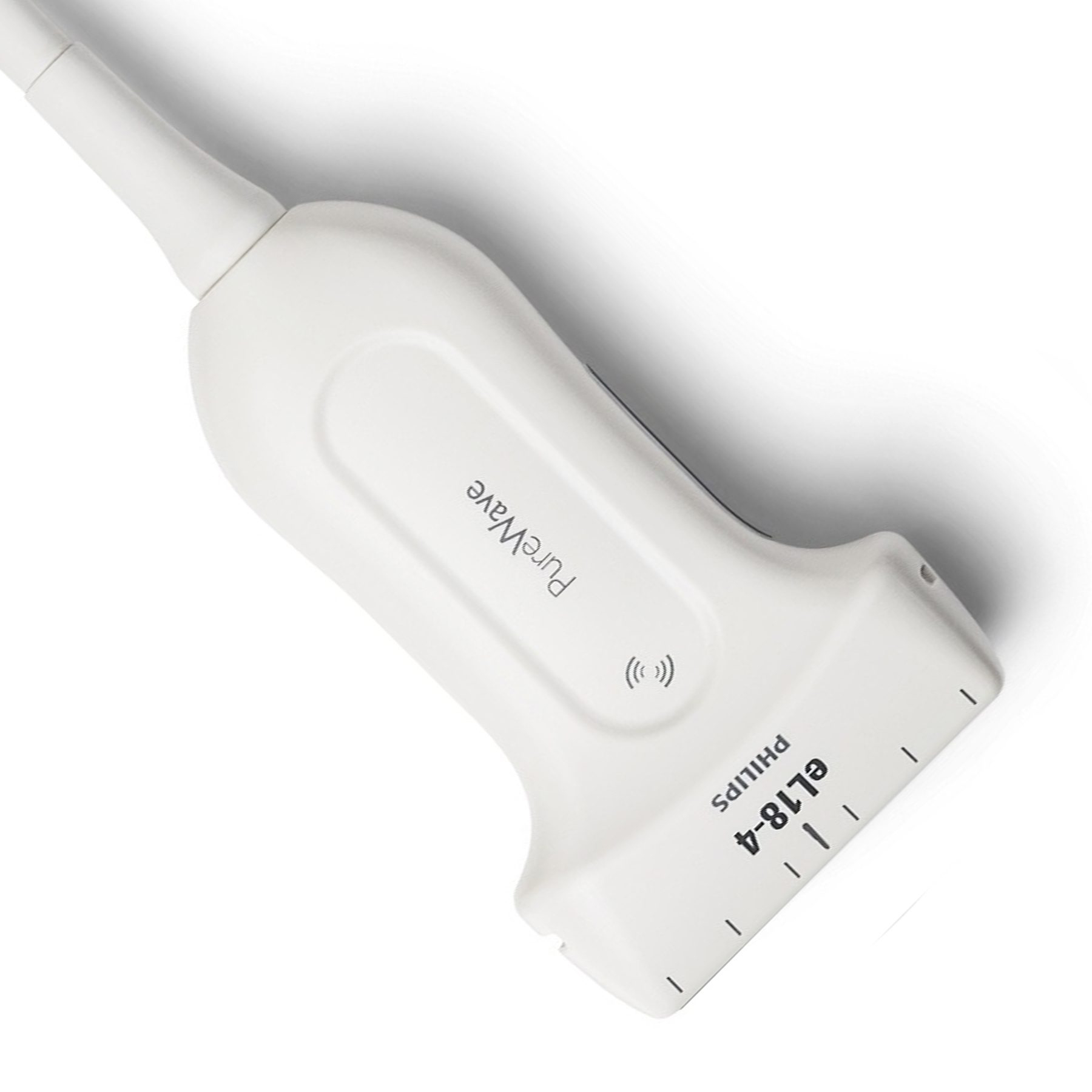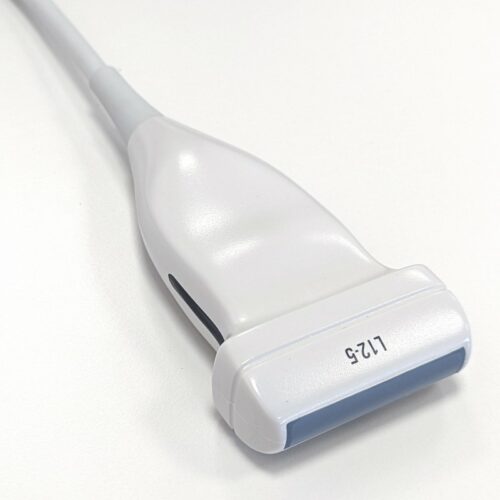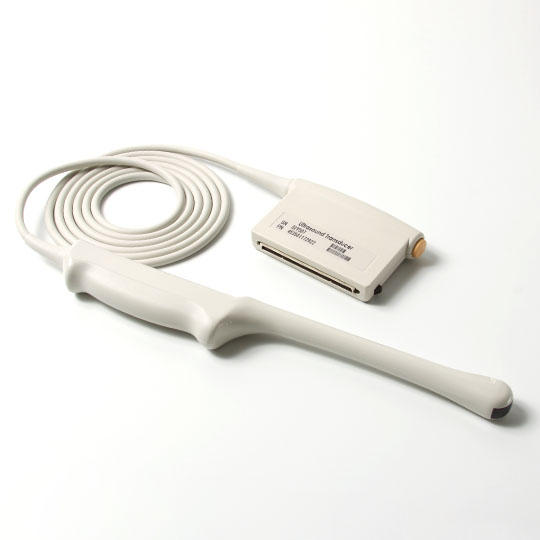Transesophageal echocardiography (TEE) plays a crucial role in cardiology by providing detailed images of the heart and adjacent structures. Ensuring the TEE probes used in these procedures are properly disinfected is vital to prevent the transmission of infections. In this guide, we will walk you through the essential steps and best practices for effective TEE probe disinfection.
Tips To Disinfect The TEE Probe Effectively
Here are some important tips for ensuring effective TEE probe disinfection:
Follow The Manufacturer's Guidelines
Following the manufacturer's guidelines is paramount as they have intricate knowledge about their equipment. These guidelines typically include specific instructions regarding compatible disinfectants, recommended cleaning procedures, and appropriate contact times. Deviating from these recommendations may reduce disinfection efficiency or possibly damage the probe, potentially resulting in cross-contamination or device failure.
Use High-Level Disinfectants
TEE probes require high-level disinfectants since they come into close contact with mucosal membranes and may be exposed to bloodborne infections. These disinfectants are capable of killing a broad spectrum of microorganisms, including bacteria, viruses, fungi, and spores. Healthcare facilities should ensure that the selected disinfectants are compatible with the materials used in TEE probes and are approved for medical device disinfection by regulatory authorities.
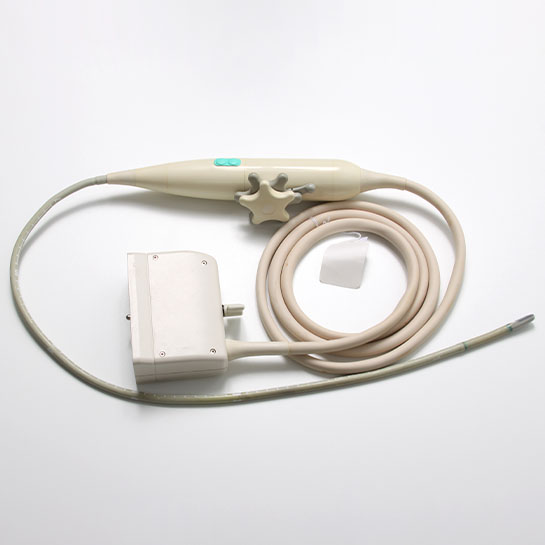
Thorough Cleaning Before Disinfection
Cleaning before disinfection is critical for eliminating visible dirt and lowering the microbial load on the probe surface. Enzymatic detergents or cleaning solutions are often used to break down and remove organic contaminants effectively. Thorough cleaning not only enhances the efficacy of disinfection but also helps prolong the lifespan of the probe by preventing the buildup of residue or debris.
Manual Cleaning
Manual cleaning entails manually wiping the whole surface of the TEE probe with the detergent solution and a soft, lint-free cloth or brush. It is crucial to pay attention to detail and thoroughly clean all areas of the probe, including crevices, hinges, and buttons, where contaminants may accumulate. Manual cleaning is labor-intensive, but it guarantees that the probe is properly prepared for disinfection.
Automated Reprocessing Systems
Automated reprocessing systems provide an efficient and consistent solution to TEE probe disinfection. These systems automate the washing, disinfecting, rinsing, and drying processes, lowering the risk of human error and variation in disinfection procedures. Healthcare facilities investing in automated reprocessing systems should ensure that the equipment is properly maintained and validated according to regulatory requirements.
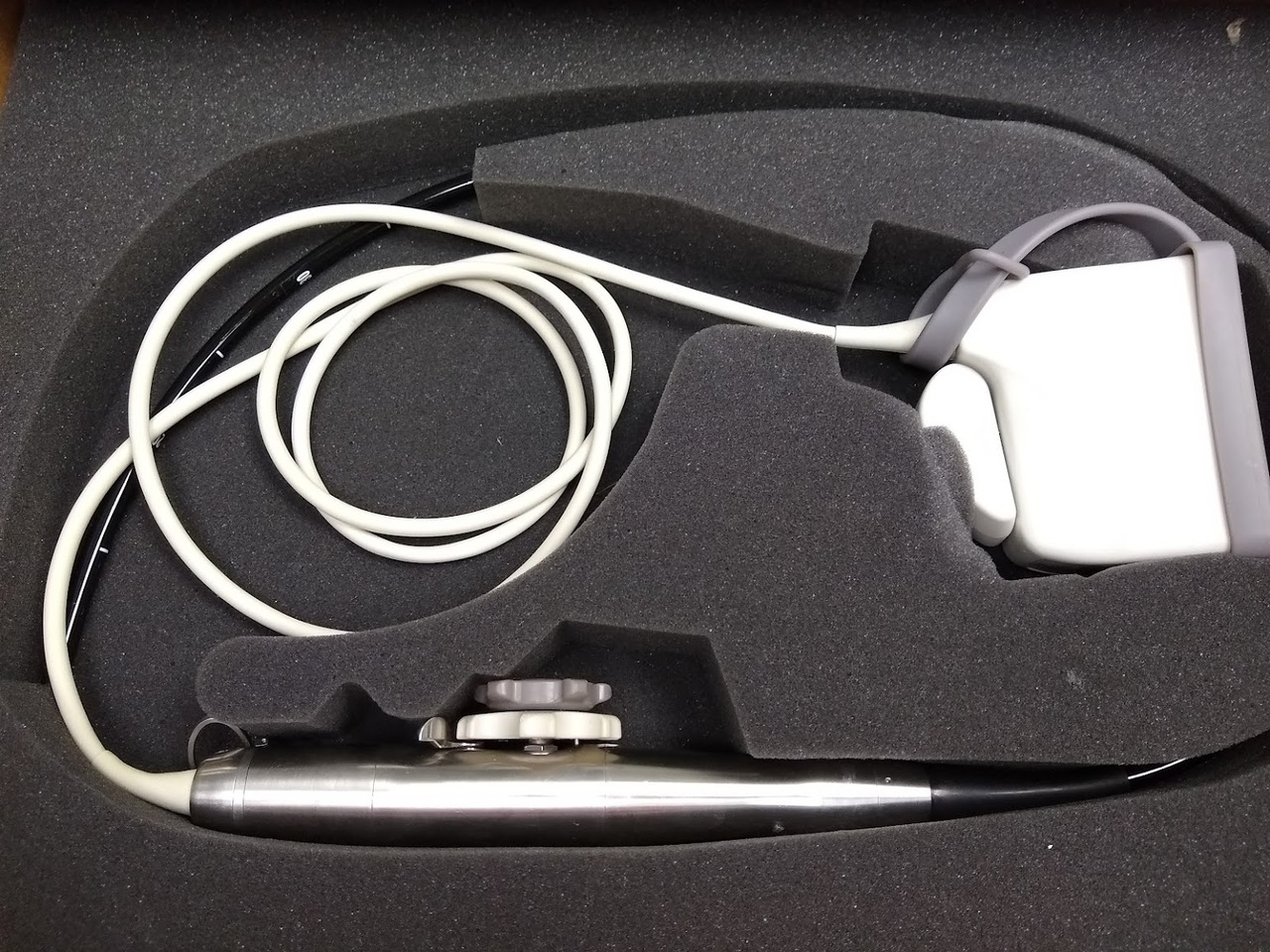
Allow Sufficient Contact Time
The efficiency of disinfection is dependent on allowing the disinfectant solution to remain in contact with the TEE probe for the specified time. This contact time allows the disinfectant to penetrate microbial biofilms and efficiently destroy infections. Healthcare personnel should strictly adhere to the specified contact time to achieve consistent and reliable disinfection results.
Proper Rinse and Dry
After disinfection, thorough rinsing of the TEE probe with sterile water or an appropriate rinsing solution is essential to remove any residual disinfectant. Residual disinfectant can cause skin irritation or allergic reactions in patients and healthcare workers if not adequately removed. Proper probe drying, whether by air or gentle towel drying, aids in the prevention of microbial development on the surface.
Regular Maintenance and Inspection
Regular maintenance and inspection of TEE probes are critical for identifying any signs of damage, wear, or deterioration. Damaged probes should be withdrawn from service immediately and fixed or replaced in accordance with the manufacturer's instructions. Routine inspections help ensure the integrity of the probe and minimize the risk of equipment failure during procedures.
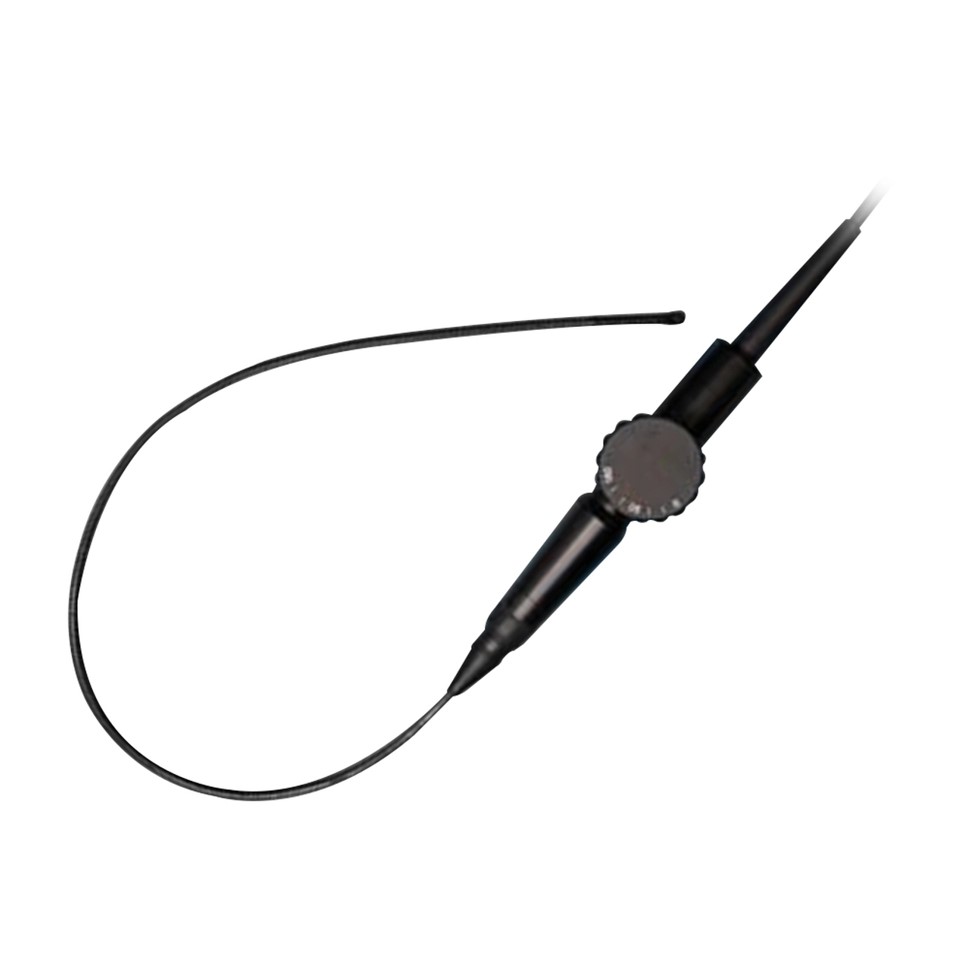
Storage and Transport
Proper storage and transport of TEE probes are essential for preventing contamination and damage. Probes should be stored in clean, dry environments away from potential sources of contamination. Protective coverings or sheaths should be used while transporting the probe to protect it from physical damage and contamination. Healthcare facilities should establish protocols for the safe handling, storage, and transport of TEE probes to maintain their integrity and effectiveness.
Educate Staff
Education and training of healthcare personnel are crucial for ensuring compliance with proper cleaning and disinfection protocols. Regular training sessions and updates on disinfection techniques, safety precautions, and equipment handling can help reinforce best practices and minimize the risk of errors. All healthcare professionals participating in TEE probe disinfection, including nurses, technicians, and medical assistants, should receive complete training.
Conclusion
Ensuring the effective disinfection of TEE probes is paramount for patient safety and the prevention of healthcare-associated infections. By adhering to the outlined tips and guidelines, healthcare facilities can maintain TEE probes in optimal condition, thus protecting both patients and healthcare staff. For those in search of a top-quality ultrasound probe, consider Xity as your trusted provider. Explore our offerings on our website today to find the best solutions for your needs.
 English
English
 Русский
Русский


